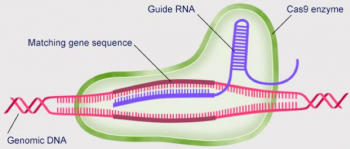
This analysis and discussion activity introduces Victoria Gray whose severe sickle cell anemia was effectively treated by gene editing with CRISPR-Cas.
To begin, students review the molecular biology of sickle cell anemia, transcription and translation.
Next, they learn how bacteria use CRISPR-Cas to defend against viral infections. Then, students examine some of the research findings that scientists used to identify the target for gene editing.
Finally, students analyze the CRISPR-Cas gene editing treatment for sickle cell anemia.
The Teacher Notes present an optional additional video and question to stimulate students to consider the ethical controversies related to potential uses of CRISPR-Cas.

 © Serendip® 1994 - All rights reserved. Privacy Policy
© Serendip® 1994 - All rights reserved. Privacy Policy
 In this analysis and discussion activity, students learn that the concept of species is useful because organisms within a species are evolving relatively independently of other populations of organisms and thus can evolve a distinctive suite of adaptive characteristics.
In this analysis and discussion activity, students learn that the concept of species is useful because organisms within a species are evolving relatively independently of other populations of organisms and thus can evolve a distinctive suite of adaptive characteristics.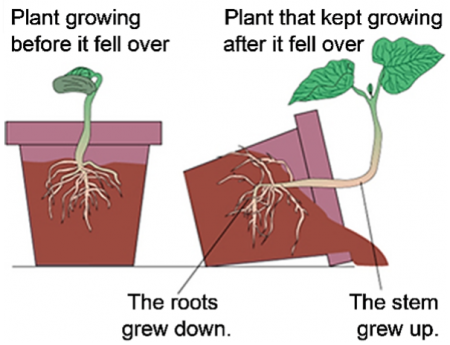 In this analysis and discussion activity, students investigate several examples of plants that have grown in odd shapes.
In this analysis and discussion activity, students investigate several examples of plants that have grown in odd shapes.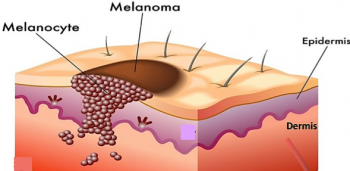
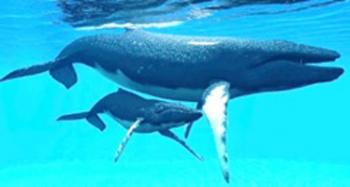
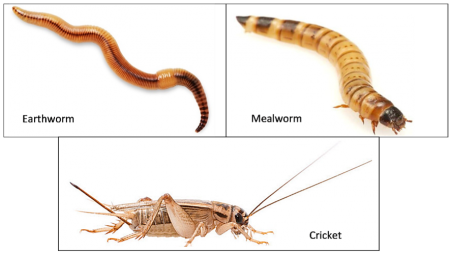

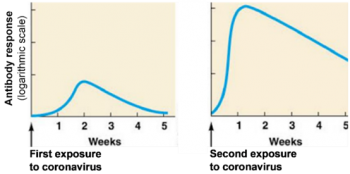
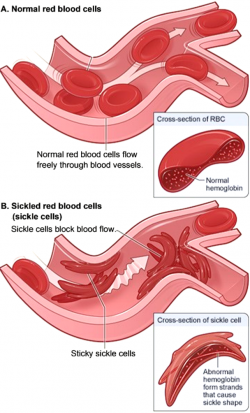
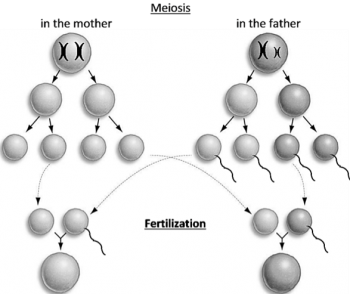 In this minds-on analysis and discussion activity, students analyze the inheritance of sex chromosomes. Students use a Punnett square to predict the sex ratio of births and compare their prediction to data for individual families and for the entire US.
In this minds-on analysis and discussion activity, students analyze the inheritance of sex chromosomes. Students use a Punnett square to predict the sex ratio of births and compare their prediction to data for individual families and for the entire US. In this minds-on activity, students analyze evidence about achondroplasia to learn how a mistake in DNA replication can result in a new mutation that affects a child’s characteristics.
In this minds-on activity, students analyze evidence about achondroplasia to learn how a mistake in DNA replication can result in a new mutation that affects a child’s characteristics.